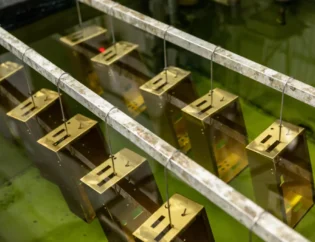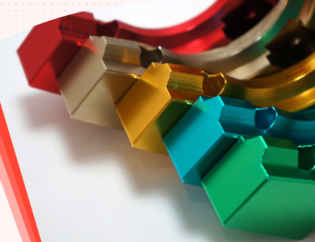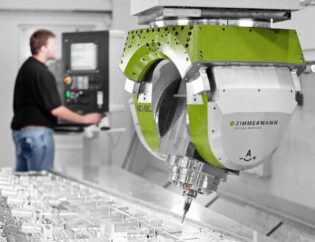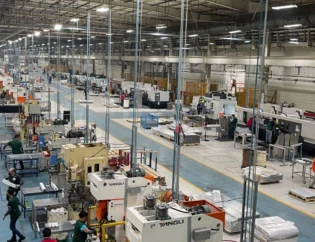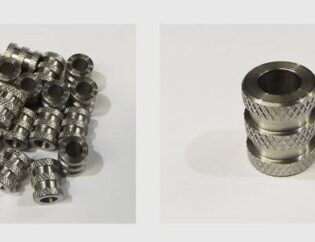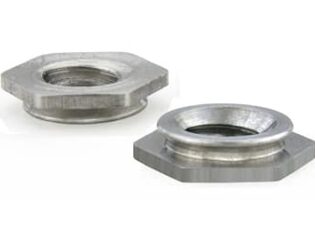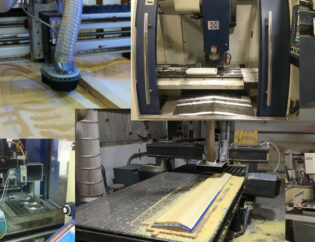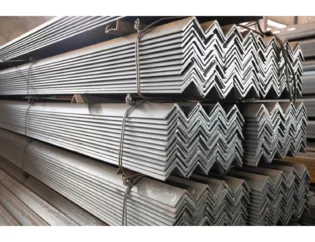Stainless steel 3D printing is revolutionizing manufacturing by offering unparalleled strength, durability, and versatility. As industries increasingly adopt additive manufacturing, understanding the intricacies of stainless steel printing becomes essential. This guide delves into the technology, materials, and processes that define stainless steel 3D printing, equipping readers with the knowledge to leverage this innovative approach in their projects.
Readers can expect to explore the various methods of stainless steel 3D printing, including powder bed fusion and binder jetting. We will discuss the advantages and challenges associated with each technique, providing insights into material selection and design considerations. By the end of this guide, you will have a comprehensive understanding of how to effectively implement stainless steel 3D printing in your applications.
Additionally, we will cover post-processing techniques that enhance the final product’s quality and performance. From surface finishing to heat treatment, these processes are crucial for achieving optimal results. This guide aims to empower you with practical tips and best practices, ensuring you can navigate the world of stainless steel 3D printing with confidence.
The Ultimate Guide to Stainless Steel 3D Printers
Introduction
The world of 3D printing has evolved significantly, especially in the realm of metal printing. Among the various materials available, stainless steel stands out due to its strength, durability, and versatility. This guide will delve into the intricacies of stainless steel 3D printers, focusing on their technical features, types, and the advantages they offer in various industries.
Comprehensive Insights into Stainless Steel 3D Printers
Stainless steel 3D printers utilize advanced technologies to create intricate parts and components. These printers are designed to handle the unique properties of stainless steel, allowing for the production of high-quality, functional parts. The Metal X system from Markforged, for instance, is a notable example of an accessible metal 3D printing solution that can produce complex stainless steel parts quickly and affordably.
Technical Features of Stainless Steel 3D Printers
The following table summarizes the key technical features of stainless steel 3D printers:
| Feature | Description |
|---|---|
| Printing Technology | Various methods including Fused Deposition Modeling (FDM), Direct Metal Laser Sintering (DMLS), and Binder Jetting. |
| Build Volume | Ranges from small (e.g., 65 x 65 x 100 mm) to large (e.g., 800 x 400 x 500 mm) depending on the printer model. |
| Layer Resolution | Typically between 20 microns to 170 microns, affecting the detail and finish of the printed parts. |
| Materials Used | Primarily stainless steel, but also includes other metals like aluminum, titanium, and copper. |
| Post-Processing | Often required to achieve desired mechanical properties and surface finishes, including sintering and machining. |
| Speed | Varies by technology; some printers can produce parts in hours, while others may take days for complex geometries. |
| Cost | Prices can range from $80,000 for entry-level models to over $3 million for industrial-grade machines. |
Types of Stainless Steel 3D Printers
Different types of stainless steel 3D printers cater to various applications and industries. The following table outlines the primary types and their characteristics:
| Type | Description |
|---|---|
| Fused Deposition Modeling (FDM) | Utilizes a plastic binder mixed with metal powder, extruded layer by layer. Ideal for prototyping. |
| Direct Metal Laser Sintering (DMLS) | Uses a laser to sinter metal powder, creating dense and strong parts. Common in aerospace and medical applications. |
| Binder Jetting | Involves depositing a binder onto metal powder, followed by sintering. Suitable for large-scale production. |
| Electron Beam Melting (EBM) | Similar to DMLS but uses an electron beam. Effective for high-performance applications. |
| Metal Injection Molding (MIM) | Combines metal powder with a binder, allowing for complex shapes. Often used for mass production. |
Advantages of Stainless Steel 3D Printing
Stainless steel 3D printing offers numerous advantages, making it a preferred choice in various industries. The ability to create complex geometries that traditional manufacturing methods cannot achieve is a significant benefit. Additionally, the reduction in material waste and the potential for rapid prototyping can lead to cost savings and faster time-to-market.
The Metal X system from Markforged exemplifies how stainless steel 3D printing can be both safe and affordable, requiring minimal operator training and no dedicated powder management systems. This accessibility opens up opportunities for smaller businesses and educational institutions to leverage advanced manufacturing technologies.
Conclusion
Stainless steel 3D printers represent a significant advancement in manufacturing technology, providing solutions for creating high-quality, durable parts. With various printing technologies available, businesses can choose the right system to meet their specific needs. As the industry continues to evolve, the potential applications for stainless steel 3D printing will only expand, making it an exciting field to watch.
FAQs
1. What is the primary advantage of using stainless steel in 3D printing?
Stainless steel offers high strength, corrosion resistance, and durability, making it ideal for functional parts in various applications.
2. How does the Metal X system from Markforged work?
The Metal X uses a unique process that combines metal injection molding and fused filament fabrication, allowing for the production of complex metal parts efficiently.
3. What types of stainless steel can be used in 3D printing?
Common types include 17-4PH stainless steel, which combines high strength and corrosion resistance, and other alloys tailored for specific applications.
4. Are there any post-processing steps required after printing with stainless steel?
Yes, post-processing is often necessary to achieve the desired mechanical properties and surface finishes, which may include sintering and machining.
5. Where can I find more information about stainless steel 3D printers?
You can explore resources on websites like markforged.com, www.3dsourced.com, www.mark3d.com, printingatoms.com, and www.hp.com for detailed insights and product offerings.

